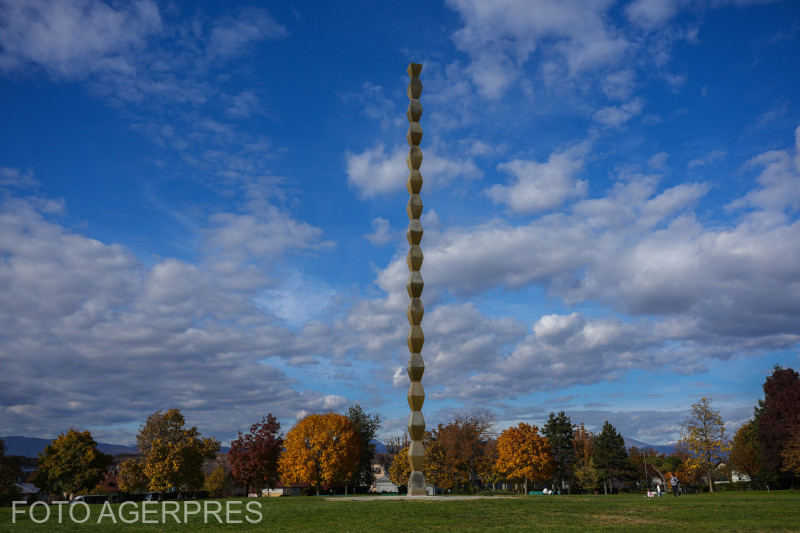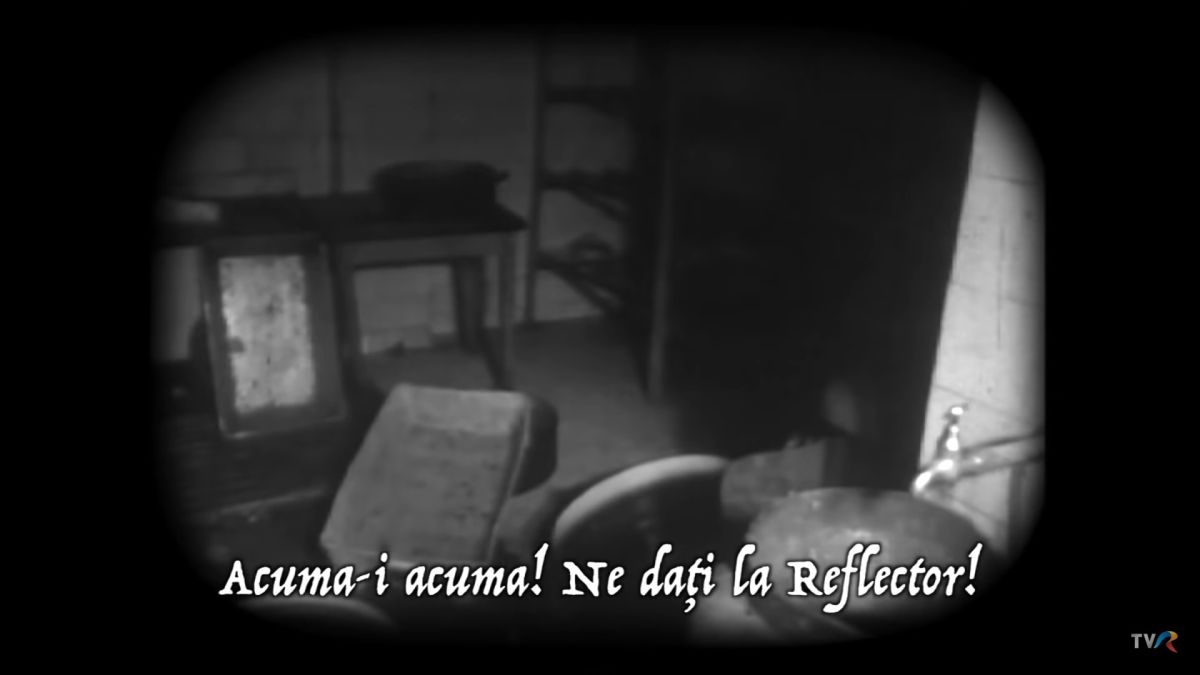The fall of Romanian communism and its victims
Communism settled in in Central and Eastern Europe in the same way, but, when it fell, it fell differently

Steliu Lambru, 30.12.2019, 13:20
Communism
settled in in Central and Eastern Europe in the same way, but, when it fell, it
fell differently. The first were Poland, Hungary and Czechoslovakia, the
countries where communism was toppled without violence and with no human
victims. The second category included the German Democratic Republic and
Bulgaria, where violence was limited. One last category was that of Romania, where
Communism fell violently and with victims. The case of the former Yugoslavia, where
the bloodiest fall of Communism occurred, is a special case that has several
implications.
1142 dead, 3138
wounded and 760 arrested; that was the bloody record that the Ceausescu regime
left behind. In the 30 years that have passed since the 1989 Revolution, historians
have tried to understand why Romania was special as compared to the other central and east-European countries. We
asked historian Dragos Petrescu, a professor at the Political and
Administrative Studies Faculty of Bucharest University if, looking at Romania
as it was in the 1980s, somebody could have guessed that the regime change
would be a violent one:
It’s
easier to make a post-factum analysis, but there are some elements that show
us, with the help of compared political theory, that the truth is extremely
simple. Those types of communism that were independent or which were trying to
go along a line that was independent from Moscow broke out violently from the
regime. And we are not talking only about Romania, we include here both Albania
and Yugoslavia. In Yugoslavia, the separation from Communism was followed by a
civil war and by ethnic cleansing, and terrible things happened there.
Violence was a
constitutive element of communism and very few countries were capable of giving
it up. Dragos Petrescu believes that are two possible explanations for what
happened in Romania in December 1989:
I
believe there are two fundamental elements that can explain this violent exit
from communism, which occurred not only in Romania, but also in Albania and
Yugoslavia. As regards Romania, it had a monolithic ruling elite. Let’s not
forget that in November 1989, at the 14th Communist Party Congress,
Ceausescu was unanimously re-elected, although everybody knew back than that
communism had fallen in Poland, Hungary, East Germany and things were not that
good in Czechoslovakia either. Despite
all that, the Romanian communists decided, in an act of collective opportunism
and subservience, to reelect Ceausescu. That was a clear indication of the fact
that there was no reformist faction, not even like the one in Bulgaria, where
immediately after the fall of the Berlin Wall, Todor Jivkov was replaced by a
supporter of the Gorbaciov regime, the former foreign minister Petar Mladenov.
The second
explanation would be the existence of a sort of independence from Moscow. There
were leaders, such as Ceausescu, who would defy anything coming from the
leadership of the Soviet Union. To Ceausescu, the beginning of this attitude of
defiance was August 21st, 1968, when he condemned the invasion of
Czechoslovakia by the Warsaw Pact armies, who wanted to remove the reformist
regime of Alexandr Dubcek. Here is Dragos Petrescu:
The
second aspect was that independence from Moscow, which Ceausescu cultivated as
of August 21st, 1968, his charismatic moment. Ceausescu had his hour
of glory when he managed to do something that nobody believed it was possible
in Romania, namely to render the Communist party legitimate in the eyes of the
population. But that legitimacy was not a real one, it was based on a sort of
consensus between the population and the leader. The living standard in Romania
had grown back then, and as of 1967 Romanians were allowed to travel abroad, under
a more relaxed legislation. There would be many things to stress here, but what
is certain is that in Romania’s case, thinks unfolded differently from the
other countries.
The slogan: no
interference in a country’s domestic affairs, which Ceausescu turned into a
foreign policy principle, isolated Romania even further. Romania’s turning
towards the third world, closing the borders and resuming the Stalinism of the
1950s, while denouncing the reforms promoted by the Soviet leader Mihail
Gorbachov, left no room for intervention when Romanian people’s economic and
spiritual situation became dramatic. Here is Dragos Petrescu one more time:
The
independence from Moscow and the monolithic party leadership made Ceausescu
believe he could do whatever he wanted in his country. And the first thing he
did when the protests started in Timisoara was to order the army to shoot at
the protesters, using real, war ammunition. There followed the operation under
which the revolutionaries’ bodies were carried to Bucharest to be incinerated
and thus erase any trace of the slaughter that had occurred in Timisoara. That
was a very clear sign that Romania could not break away from Communism in a
peaceful way.
In December
1989, Ceausescu’s communist regime fell down violently and with a lot of noise.
And the victims were the price that Romania had to pay in order to escape the
vicious circle of communist dictatorship.






























